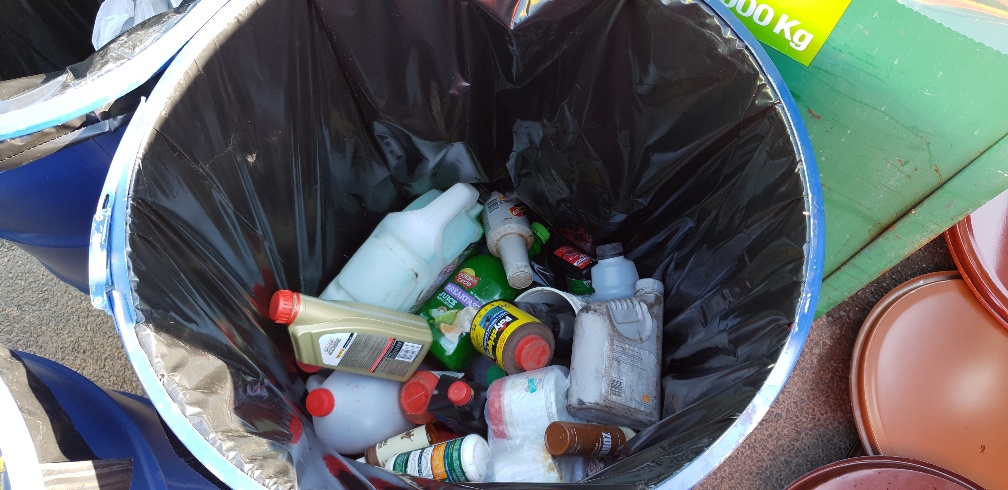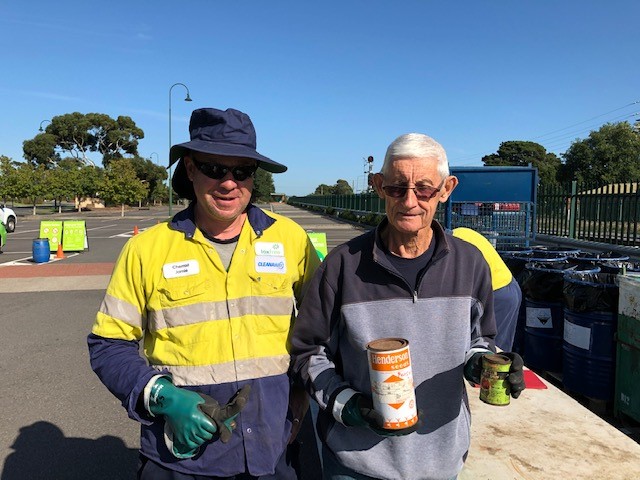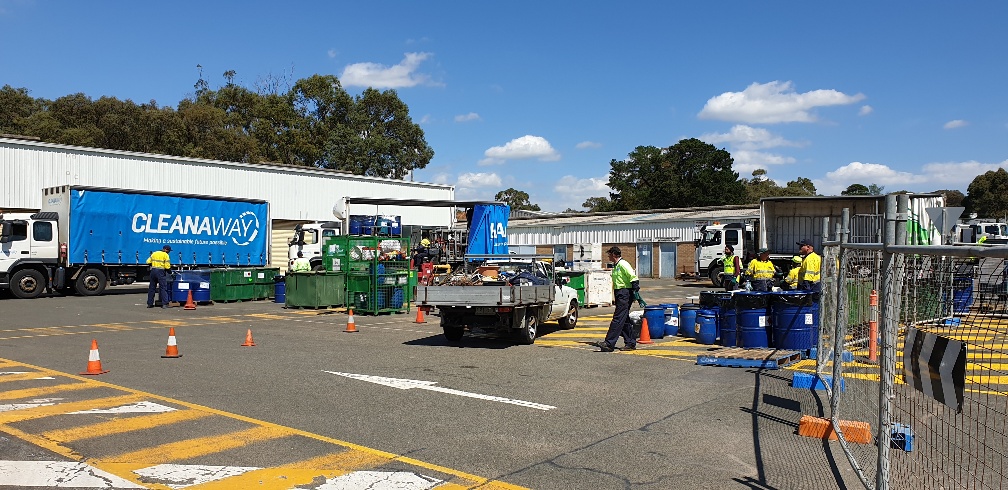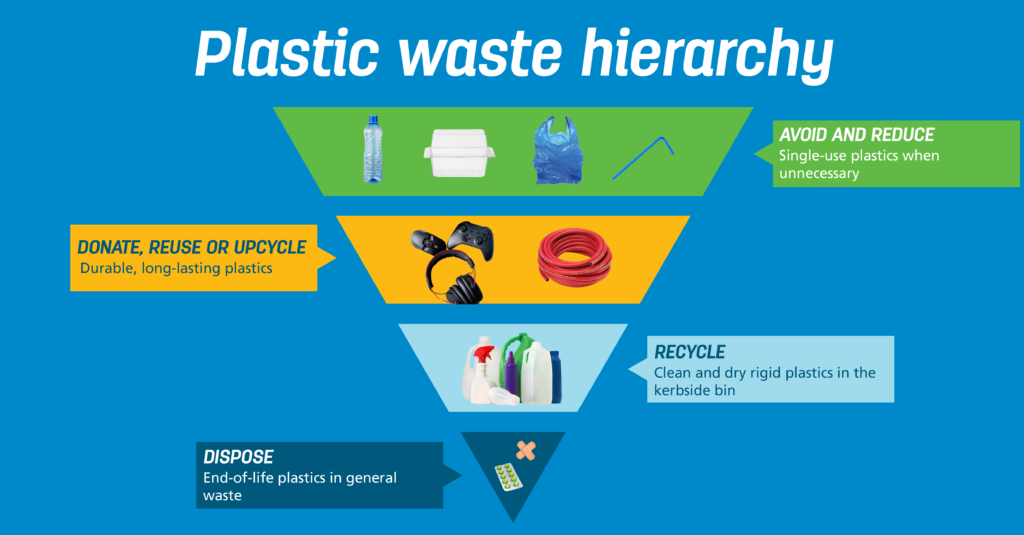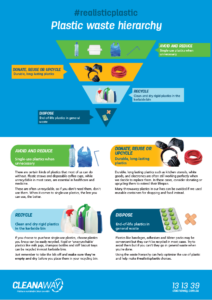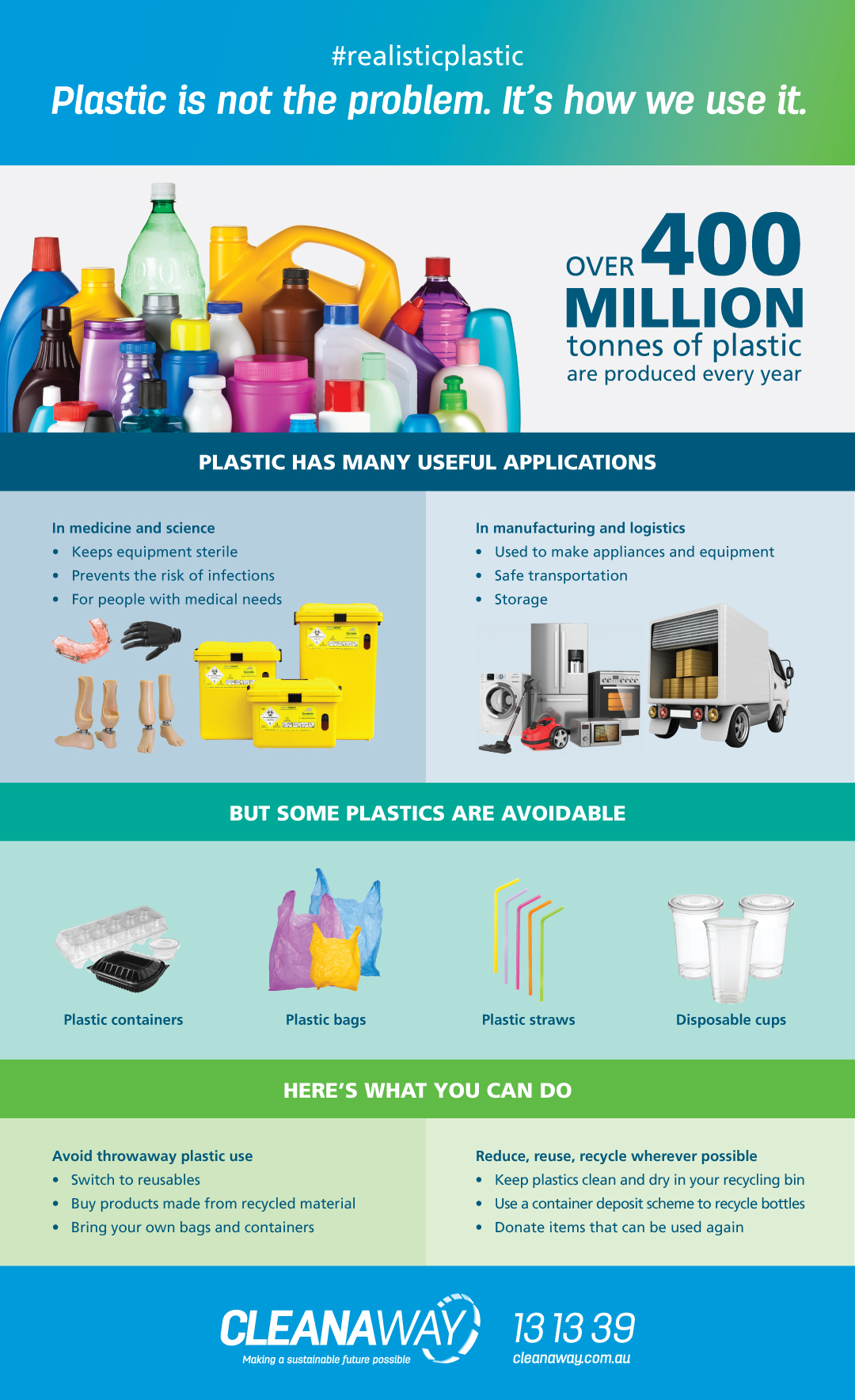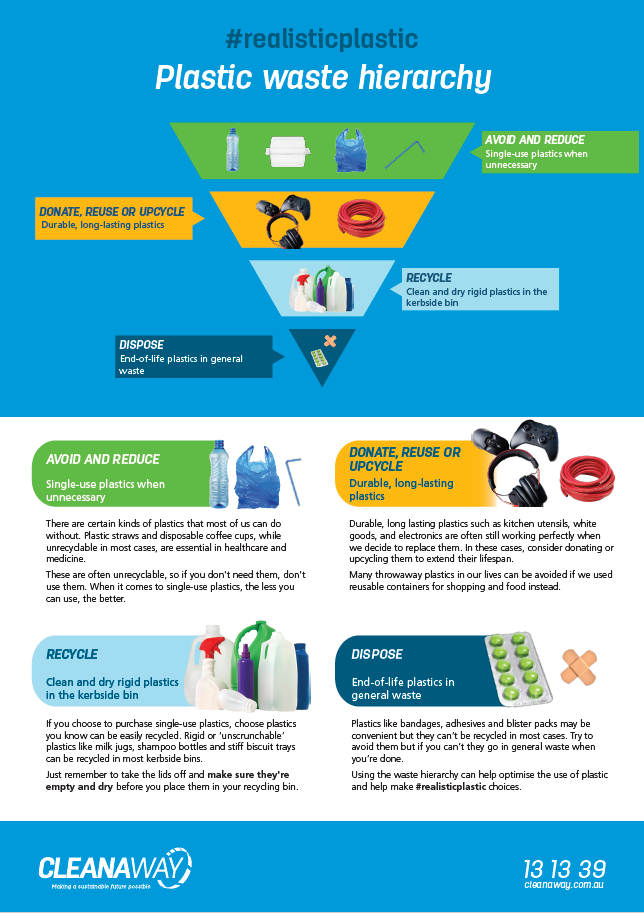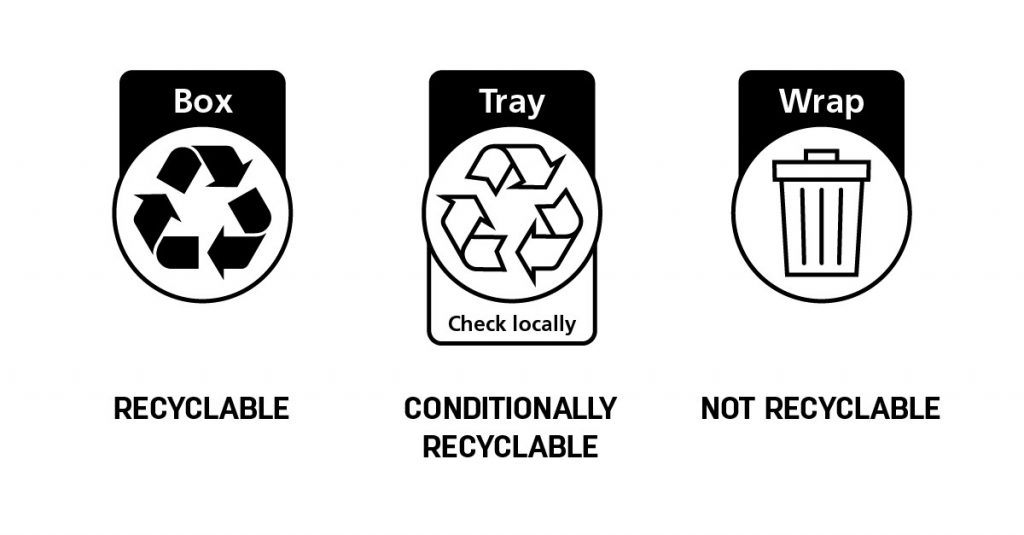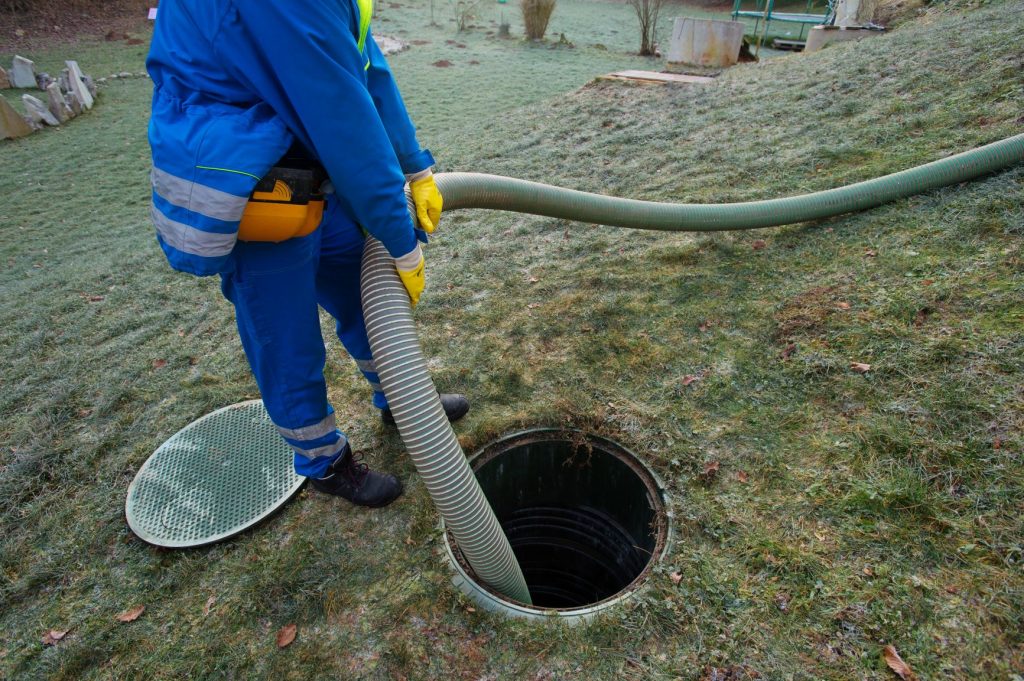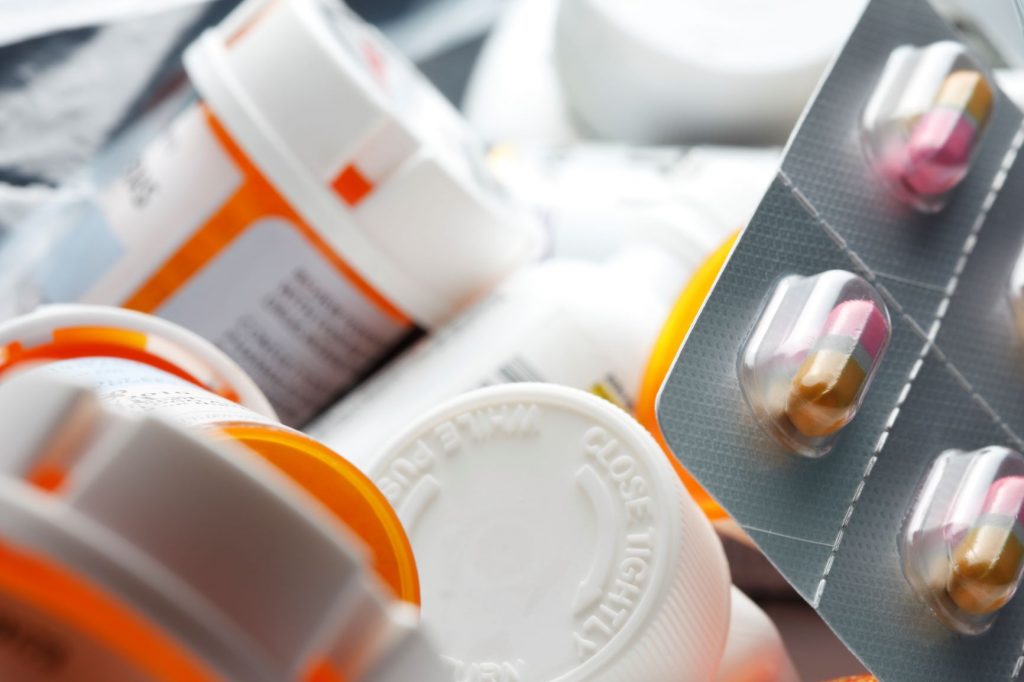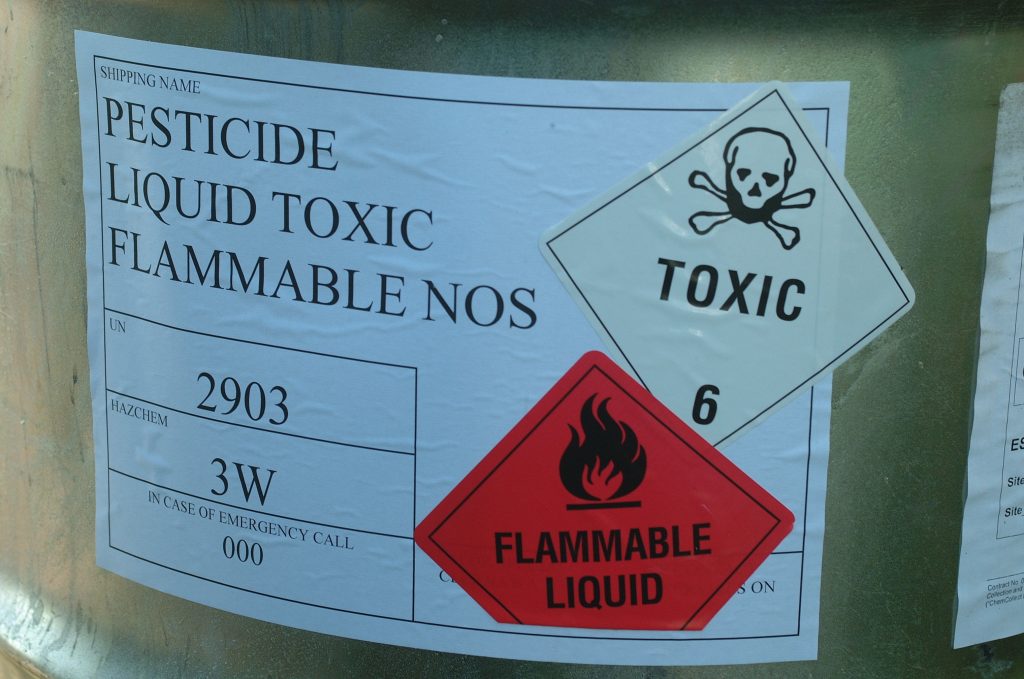“I see work colleagues who have the opportunity to recycle failing to do so in the workplace where we have convenient, clearly marked separation points for recycling.”
“I see work colleagues who have the opportunity to recycle failing to do so in the workplace where we have convenient, clearly marked separation points for recycling.”
Our recent poll showed that there are a good number of passionate recyclers amongst us (68%), with two-thirds of survey-takers wanting more Australians to take responsibility for their waste.
“People are still putting wrong items in yellow bins, especially in unit blocks. Unit management needs to be pro-active, educate tenants and monitor bin use.” said one survey-taker, Fiona.
“If users flattened their cardboard containers, they would be able to put more in the bin instead of just shoving more waste into their already full rubbish bins.” – Mary
“People don’t care, don’t know how, or think that the mysterious ‘they’ should do something. They think one person can’t make a difference but that’s not true!” – Bernadette.
When asked about the waste items they were most concerned about, 67% of survey-takers named plastic packaging as their number one pick, followed by e-waste and food waste.
What makes it so difficult to recycle right?
Another survey-taker, Anita highlighted the importance of getting the basics right, especially with a number of recycling myths making its rounds in conversations. “Awareness of waste generation, what materials are used in making items, and how to reuse, recover, recycle used materials – people are still struggling with these concepts. Plenty of ill-informed opinions, but not many educated facts.”
Half of our survey respondents thought that recycling is easy if everyone just put their minds to it. The other half found recycling confusing or they lacked the resources they need to make informed choices.
“I see work colleagues who have the opportunity to recycle failing to do so in the workplace where we have convenient, clearly marked separation points for recycling.” – Phillip
“For some of us it just all seems too hard – we want to be sustainable, but costs or knowledge or opportunities get in the way.” – Stephanie
The feedback from the survey highlights the critical role of waste and recycling education in public spaces, offices and at home. This includes helping people understand what they are wasting, how to use the right bins and the impact of putting the wrong items in the recycling bin.
What is being done to improve recycling outcomes?
Waste and recycling education needs to evolve along with shifts in markets, regulations and technology.
Today, we have different bins for different waste streams and bespoke waste management solutions for complex waste types produced by businesses and industry. What is recyclable has also changed a lot over the years. Advancements in infrastructure, changes in packaging, manufacturing and consumer behaviour mean that the contents of a recycling bin today are not the same as it was even ten years ago.
Businesses need to understand the types of waste they generate, the ways to optimise that waste for recovery and how to ensure compliance throughout operations. A reputable waste management services provider can help businesses:
- Analyse waste streams to identify opportunities for landfill diversion. This means knowing exactly what’s going in the bin, where it comes from and how to better manage the whole process
- Understand the unique waste requirements of your industry including the regulatory environment and the best treatment of each waste type
- Maximise resource recovery by implementing bespoke waste management strategies customised for your business and in compliance with regulations.
- Reinforce positive behaviours with regular audits, reporting, waste management education and training sessions
Large organisations should make the most out of digital channels. E-learning platforms such as Greenius help reinforce proper bin behaviours among multiple branches and large numbers of employees.
We work with councils to provide recycling advice and feedback through a variety of media including bin stickers, posters, bin tagging programs and regular updates on recycling through our Sustainable Future Hub.
Excursions, school visits and education sessions are another way we engage with a younger audience to encourage sustainable outcomes from an early age.
Ultimately, everyone has a role to play in improving recycling outcomes including communities, regulators, waste services providers and businesses, as 97% of our survey-takers agree.
Contact us to find out how we’re making a sustainable future possible for communities and businesses across Australia.
